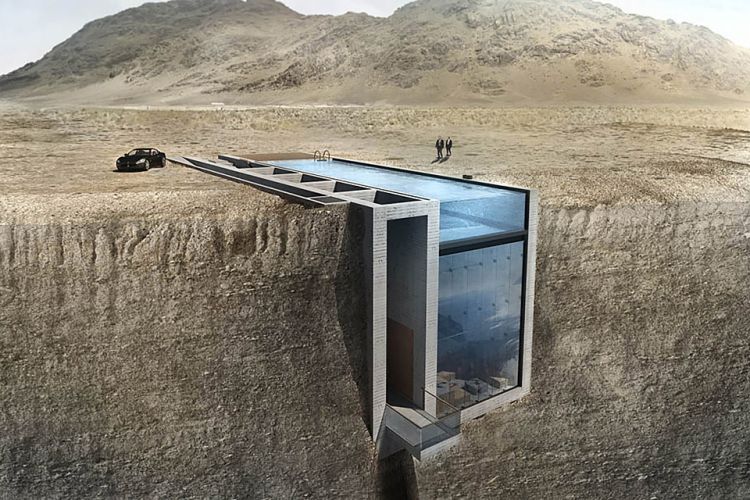 Concrete, with its unparalleled durability and versatility, has been a cornerstone in architectural design for centuries. From ancient Roman aqueducts to modern skyscrapers, concrete’s evolution has mirrored that of civilization itself. In recent years, the material has seen a renaissance, not just as a structural element but as a key player in aesthetic and sustainable design. This article explores the latest trends in concrete architecture, showcasing how this age-old material is being reimagined to meet the demands of the 21st century.
Concrete, with its unparalleled durability and versatility, has been a cornerstone in architectural design for centuries. From ancient Roman aqueducts to modern skyscrapers, concrete’s evolution has mirrored that of civilization itself. In recent years, the material has seen a renaissance, not just as a structural element but as a key player in aesthetic and sustainable design. This article explores the latest trends in concrete architecture, showcasing how this age-old material is being reimagined to meet the demands of the 21st century.
The Rise of Eco-Friendly Concrete
Sustainability has become a central theme in contemporary architecture, pushing the development of eco-friendly concrete to the forefront. Traditional concrete production is energy-intensive and emits a significant amount of CO2. However, recent innovations have led to the creation of greener concrete mixes. These include the use of recycled materials, such as fly ash and slag, and the development of low-carbon cement. Such advancements not only reduce the environmental impact of concrete but also enhance its performance and longevity.
Technological Innovations in Concrete
The field of concrete architecture has been revolutionized by technological advancements. One of the most notable is 3D printing, which allows for complex, waste-minimizing structures to be created with concrete. Additionally, the advent of smart concrete, embedded with sensors, can monitor the integrity of structures in real-time, predicting maintenance needs and ensuring safety. These innovations not only expand the possibilities of concrete design but also contribute to more resilient and efficient constructions.
Aesthetic Trends in Concrete Architecture
Gone are the days when concrete was hidden behind layers of decorative materials. Today, it stands proud as a key element in minimalist and brutalist architecture, celebrated for its raw, unpretentious beauty. Architects are experimenting with concrete’s texture, color, and form, creating buildings that are as visually striking as they are functional. This trend reflects a broader shift towards authenticity and simplicity in architectural design.
Concrete in Landscape and Urban Design
Concrete’s role extends beyond buildings; it is also reshaping our urban landscapes. Its versatility makes it ideal for creating durable, low-maintenance public spaces, from parks to plazas. Innovative techniques, such as permeable concrete, address environmental concerns by allowing water to filter through, reducing runoff, and aiding in groundwater replenishment. This trend underscores the potential of concrete to blend functionality with environmental stewardship in urban settings.
The Role of Concrete in Contemporary and Future Architecture
As architects and designers push the boundaries of what is possible, concrete remains at the heart of their explorations. Its adaptability and strength make it indispensable in the creation of cutting-edge designs. A Perth Concreter, for example, might leverage these trends to bring innovative and sustainable solutions to local and international projects. Concrete’s role in architecture is not just enduring but evolving, promising exciting possibilities for the future.
Conclusion
Concrete architecture is experiencing a dynamic transformation, driven by sustainability, technological innovation, and aesthetic reevaluation. As we look towards the future, the trends highlighted here suggest a continuing evolution of concrete applications, from eco-friendly mixes to groundbreaking design techniques. With its deep roots in the past and its eyes set firmly on the horizon, concrete continues to shape our built environment, proving that this ancient material is as relevant as ever in the modern world.

